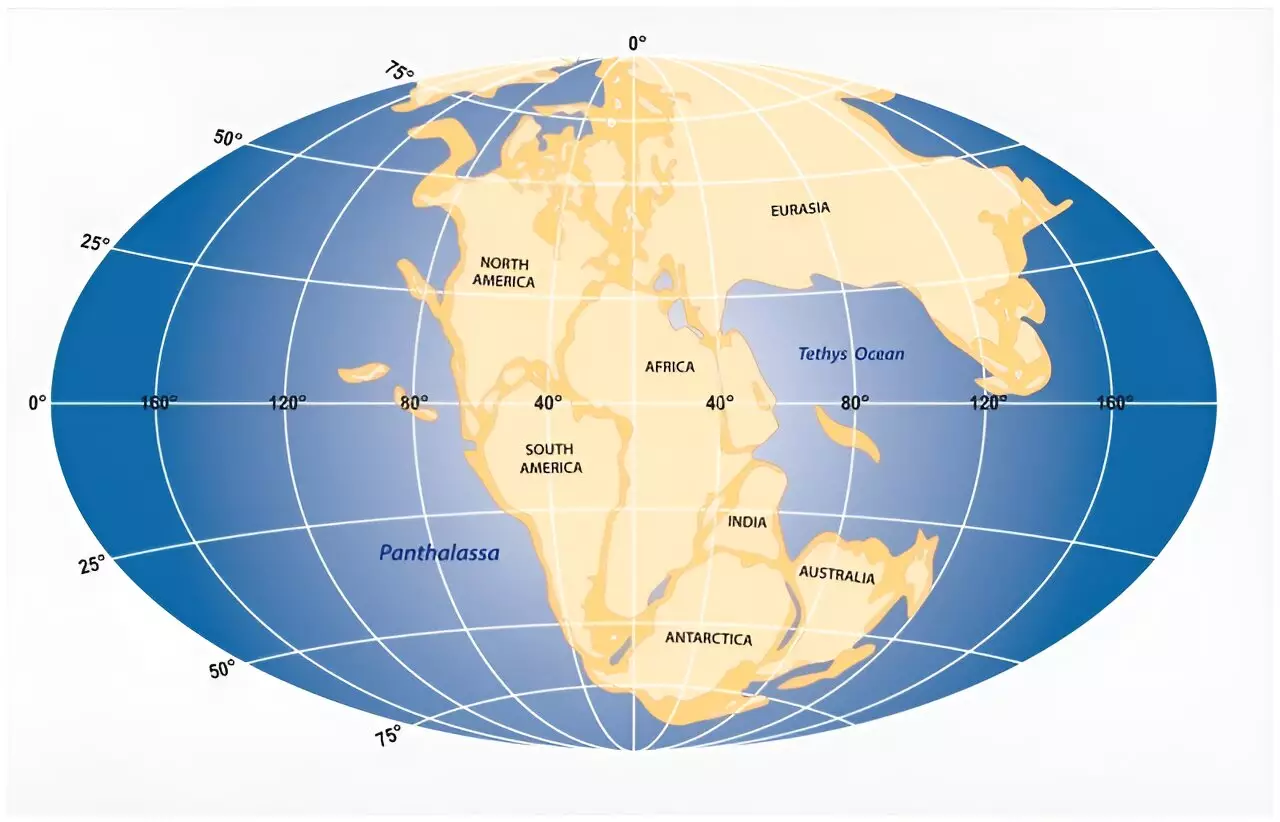The formation of the East Coast of the United States has long been a topic of interest for geologists. A recent study published in the Journal of Geophysical Research: Solid Earth provides new insights into this process, shedding light on the formation of the region during the breakup of the supercontinent Pangea and the opening of the Atlantic Ocean. The study, conducted by a team of scientists from the University of New Mexico, SMU, Northern Arizona University, and USC, focuses on understanding the structure of rocks and the presence of magma-derived rocks along the East Coast.
Passive margins play a significant role in geology and have numerous implications. These regions are characterized by minimal faulting or magmatism and are where land meets the ocean. They are considered stable areas, making them crucial for the extraction of hydrocarbon resources. Additionally, the sedimentary archive found in passive margins provides valuable information about our planet’s climate history, stretching back millions of years. Therefore, understanding the formation of these passive margins is of utmost importance for various scientific disciplines.
To uncover the secrets of the East Coast’s formation, the researchers analyzed rocks deep below the ocean floor, specifically 10 to 20 kilometers down. This depth was reached using specialized instruments called ocean-bottom seismometers. These instruments measure the sound speed of rocks beneath the surface, providing crucial information about their composition and rock type.
The findings of the study suggest a potential connection between the breakup of Pangea and the structure of the East Coast. As the supercontinent fragmented, the continent was pulled apart, which may have influenced the formation and structure of the East Coast. This event might have also impacted the Mid-Atlantic Ridge, an extensive underwater mountain system running through the Atlantic Ocean.
Investigating how continents break apart is a fundamental question in Earth Sciences. The research conducted by the team contributes to a broader effort to unravel the mysteries of this natural process. By studying the formation of passive margins, scientists can gain valuable insights into the geological history of our planet and the factors that have shaped it over millions of years.
Passive margins are not only scientifically significant but also have significant implications for our planet’s future. These coastal regions, home to a large portion of the world’s population, are vulnerable to long-term climate variations and sea-level rise. Understanding the dynamics of passive margins can help us predict and mitigate the potential impacts of these changes on coastal communities.
The recent study adds a new layer of understanding to the formation of the East Coast of the United States. By examining the structure of rocks and the presence of magma-derived rocks along the margin, scientists are uncovering vital insights into how the region was shaped during the breakup of Pangea. This research contributes to the broader field of Earth Sciences and highlights the importance of studying passive margins in understanding our planet’s past and preparing for its future.



Leave a Reply